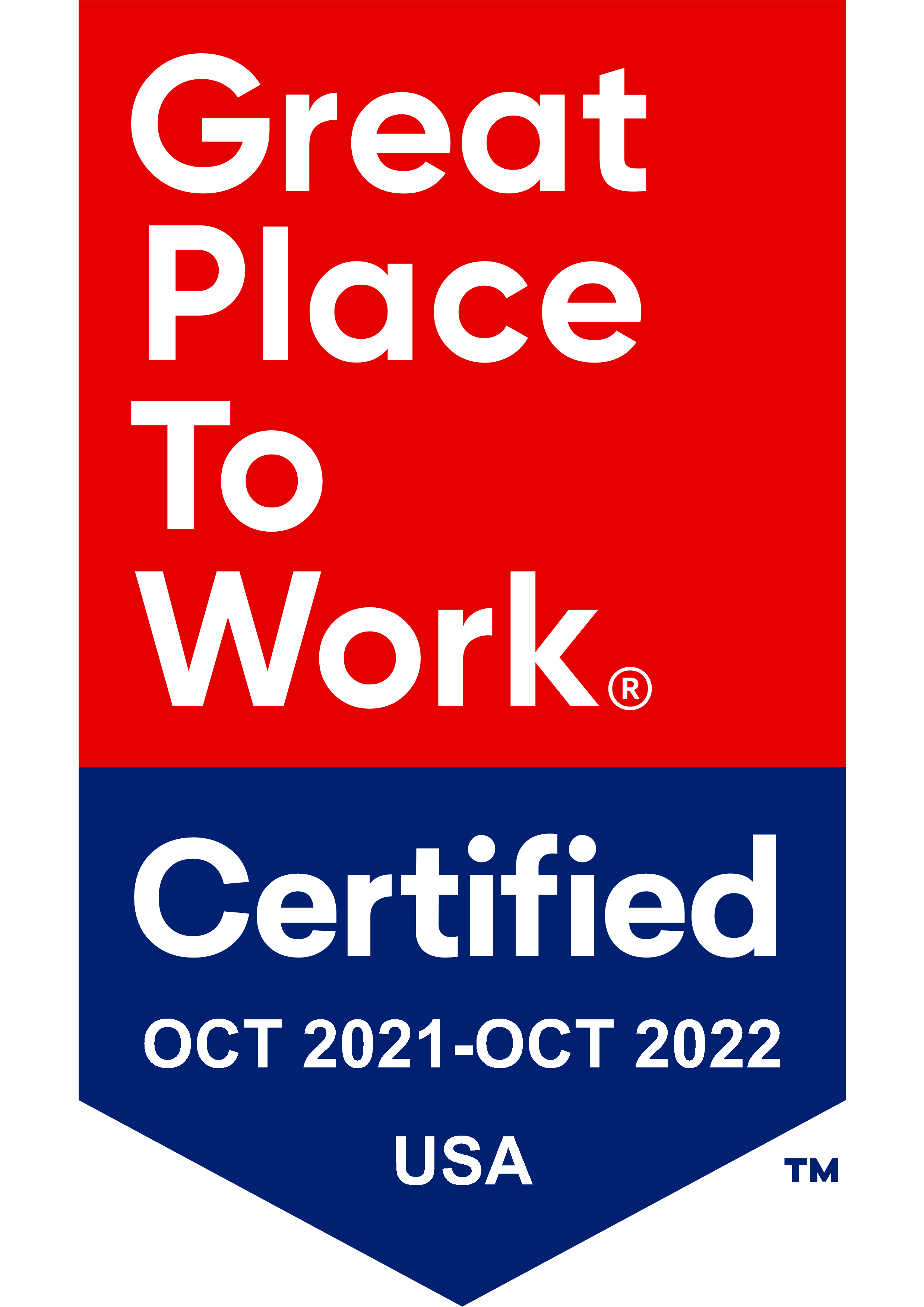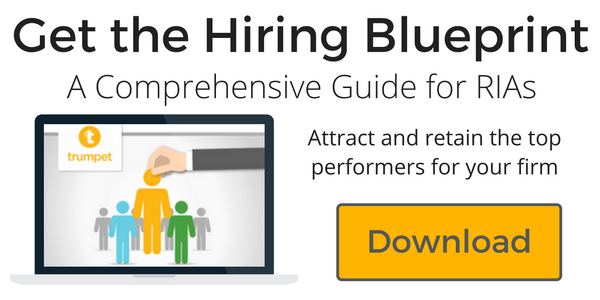 Does your team complain about the sheer number of internal meetings they have at your firm? Meetings have developed such a bad reputation of being time sucks that there's a popular book dedicated to the topic: "Death by Meeting," from well-known author Patrick Lencioni.
Does your team complain about the sheer number of internal meetings they have at your firm? Meetings have developed such a bad reputation of being time sucks that there's a popular book dedicated to the topic: "Death by Meeting," from well-known author Patrick Lencioni.
So why would we ever want to spend additional time in a pre-meeting? A pre-meeting isn’t important for what it is, but for what it does. Pre-meetings ensure that when it comes time for the actual meeting, attendees don’t feel time spent away from their desks or clients is a waste of time.
Trumpet has eliminated countless internal meetings by using a discussion forum platform. On the intranet forum, team members raise issues, come to decisions and memorialize them, often without having to meet. Using the forum is also another great way to “pre-meet.” In other words, it helps team members come to consensus on the key questions that may need to get answered in an actual meeting. As I recently heard someone remark, “getting the question right is half way to the answer.”
Besides using internal forums, here are other suggestions on when to “pre-meet” to queue up a successful meeting.
Before Meetings that Require a lot of Decision Making
When Trumpet recently decided to change its parental bonding leave policy the executive team met to:
- Agree on what decisions need to be made.
- Prioritize the list.
- Decide who will research each item and by what due date.
Before a Brainstorming Meeting
We actually do “brain-writing” by giving people a list of questions we wish to cover in a brainstorming meeting. We use brainstorming as a pre-meeting to queue up planning meetings.
Here’s one example of how that rolls up. Our marketing director needs to present an annual marketing budget in an executive team meeting.
Prior to the budget meeting, she hosts a brainstorming meeting – a few of the agenda items are things like: what went well this year from a marketing perspective, and what didn’t work?
She uses the brainstorming as one input to develop annual marketing priorities. These annual priorities get presented in a planning meeting, the purpose of which is to finalize the plan.
Bottom line, the brainstorming and planning pre-meetings occur prior to her budget meeting. Because each pre-meeting is laser focused and specific, that means the budget meeting will be successful and key decisions leading up to that meeting have already been made.
Pre-meet before Kicking off a Major Initiative
Years ago, our CEO, Kevin Day, decided to make reducing cycle time a key initiative at Trumpet. “Cycle time” is the total time it takes to complete a given process from start to finish and is typically measured in days (like how long it takes to prepare a financial plan from the time of signed agreement to the actual client plan meeting), instead of hours (hours spent actually preparing the plan).
Whenever our CEO is considering making something a key initiative, he typically “pre-meets” with individuals in the firm at first to determine if the topic is worthy of an initiative.
From there, he may decide to create a “book club” around that initiative, whereby certain team members read about the topic to be tackled. This gives the team time to come up to speed on the issue, and participate in book club discussion meetings about the topic.
Once leaders are up to speed on the topic, they in turn may meet individually with other employees from their own teams, laying the groundwork for the coming initiative.
All of these “pre-meetings” are building blocks toward launching the actual initiative, which often starts with either:
- Team Kick Off Meeting, where the team determines goals, milestones and celebrations or rewards for meeting the goals, or
- A learning workshop – where not only concepts, but small group exercises are performed and accountability commitments are made as a result of the workshop.
Meet before working with Outside Experts
The point of these internal pre-meetings is to set an agenda for the actual meeting, give the provider time to research the agenda items prior to meeting with you, and keep actual meeting time and costs down.
We conduct internal pre-meetings prior to meeting with specialists such as attorneys, software providers and IT specialists.
Prior to Software Demos
Depending on the scope of what software is being demonstrated, one of two types of “pre-meetings” may be scheduled:
- internally, to gather and prioritize requirements (not as much on specific features, but outcomes). Depending on the scope of the technology, this may be more than one internal pre-meeting.
- with the provider prior to the actual demo, to go over the list of priorities and develop the agenda to make the demo the most productive. Sometimes this is an email exchange with the prospective providers, and sometimes it’s a phone pre-meeting.
Not all meetings are a complete waste of time. Remember, the entire reason to host a “pre-meeting” is to ensure that when it's time for the actual meeting, the participants don’t think it's a waste of their time.
So, how do you know you’re successful when you implement this strategy? Remember to ask them! At the end of each meeting, ask: How effective do you think this meeting was on a scale of 1 to 5?
Won’t it be fun to help people enjoy meetings again, without having to lure them there with snacks? By being strategic with pre-meetings and rating the outcome of meetings, you’ll be well on your way.
Bonus tip: One of the first things your new employees will notice is excessive or unproductive meetings. Prove to them that you have your s*** together by leading successful meetings. To learn more about retaining top quality employees, check out our hiring guide below.





